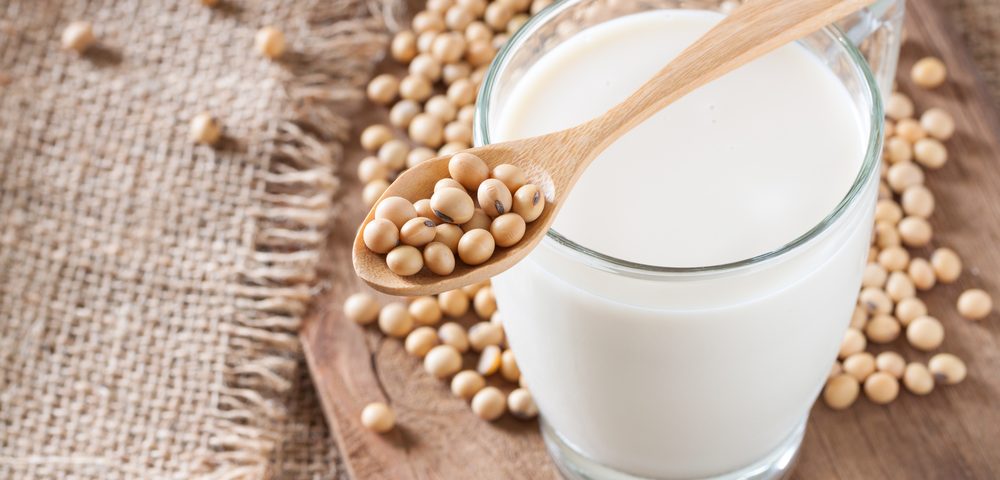Patients who start eating soy products after a breast cancer develops may be at higher risk of cancer recurrence following tamoxifen treatment. But those who already ate soy before a diagnosis may actually be somewhat protected against their cancer coming back after treatment.
The study, “Lifetime Genistein Intake Increases the Response of Mammary Tumors to Tamoxifen in Rats,” published in Clinical Cancer Research, may help decide a long-standing debate on the benefits and harms of soy consumption in breast cancer patients. The timing of soy’s introduction into a person’s diet is key, findings suggest.
Soybeans contain a compound, genistein, that has a similar structure as estrogen and activates the estrogen receptors. Because estrogen drives the growth of ER-positive breast cancer, which accounts for more than 70 percent of all breast cancer cases, oncologists often advise breast cancer patients not to eat soy products.
“Estrogen drives most breast cancer growth, yet high soy intake among women in Asian countries has been linked to a breast cancer rate that is five times lower than Western women, who eat much less soy,” the study’s senior investigator, Leena Hilakivi-Clarke, PhD, a professor of oncology at Georgetown Lombardi Comprehensive Cancer Center, said in a press release.
To understand this apparently contradiction, Hilakivi-Clarke and her team used a breast cancer mouse model to test how different timings of genistein intake could affect breast cancer outcomes. One group of mice was fed a genistein-containing diet right after birth; another group was fed a genistein-based diet only during adulthood. The last group received a genistein diet at the time of tamoxifen treatment, when mammary tumors had already developed.
The team found that mice fed a genistein-based diet prior to breast cancer development had improved immunity against cancer, and were protected from cancer development and recurrence.
“It also inhibits a mechanism called autophagy that would allow cancer cells to survive, which explains why it helps tamoxifen work,” says Xiyuan Zhang, a member of Hilakivi-Clarke’s laboratory when this study was conducted.
But when mice started eating genistein only after developing breast cancer, this immune response was not triggered. These mice had a 33 percent recurrence rate, while mice consuming genistein as adults had a 7 percent chance of recurrence after tamoxifen treatment.
“We have solved the puzzle of genistein and breast cancer in our rat model, which perfectly explains the paradox seen in earlier animal studies and patients,” said Hilakivi-Clarke. “While many oncologists advise their patients not to take isoflavone supplements or consume soy foods, our findings suggest a more nuanced message — if these results hold true for women. Our results suggest that breast cancer patients should continue consuming soy foods after diagnosis, but not to start them if they have not consumed genistein previously.”
Further studies are necessary to understand why different timings of soy consumption trigger distinct mechanisms in breast cancer.

